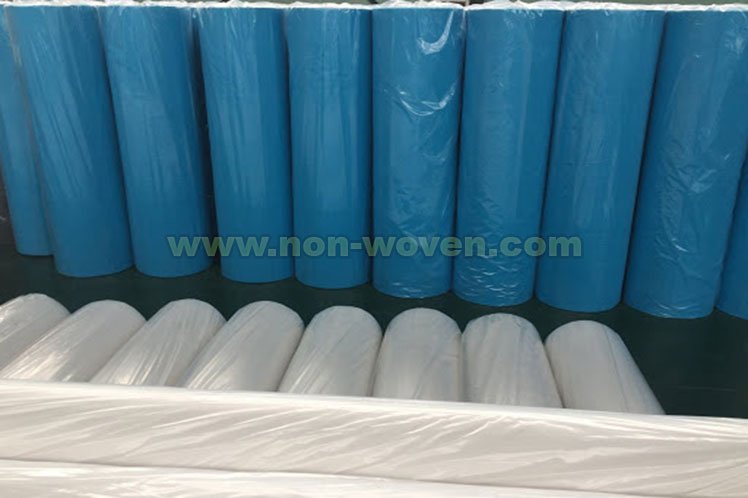Introduction
As the name suggests, Spunbond Non Woven Fabric is a fabric that is made from spun bonding of thermoplastic resins. The fabric is made by extruding molten plastic through small orifices and then onto a moving belt where it is cooled and formed into a web. The web is then calendared and rolled into a fabric.
The fabric is used in a wide range of applications due to its several advantageous properties such as high strength, good dimensional stability, low elongation, and excellent resistance to abrasion and degradation.
In this guide, we will take a look at the various spunbond non woven fabric uses in detail.learn more(wikipedia)
Different Types of Spunbond Non-Woven Fabric:
There are several types of Spunbond Non Woven Fabric, each with its own unique properties, depending on the type of thermoplastic resin used for production. Polypropylene is one of the most commonly used thermoplastic resin for the production of Spunbond Non Woven Fabric, which is also known as SSS (Spunbond-Melt Blown-Spunbond) and is widely used in healthcare, agricultural, and manufacturing industries. Other types of Spunbond Non Woven Fabric, such as SMS (Spunbond-Melt Blown-Spunbond-Melt Blown) and SMP (Spunbond-Melt Blown-Spunbond-Melt Blown-Pressed) have been developed to provide higher strength and better dimensional stability.
Uses of Spunbond Non-Woven Fabric:
Spunbond Non Woven Fabric has a variety of unique and versatile uses, owing to its many advantageous properties. It is used in a wide range of industries for applications such as packaging, insulation, filtration, fabric sleeving, and more. It is especially used in the healthcare industry for disposable materials such as face masks, gowns, and drapes. It is also used for a variety of industrial applications, including automotive head liners, cushioning material, industrial coverings, and even laminates. Additionally, Spunbond Non Woven Fabric is also used in the agricultural industry for seed nurseries, mulch, and other growing materials.
Advantages of Spunbond Non-Woven Fabric:
Spunbond Non Woven Fabric is an economical alternative to traditional fabrics, as it is much lighter and cost-effective. It is also highly durable and resistant to abrasion, tears and wrinkles. Furthermore, its light weight makes it easier to transport and store, which is an advantage when it comes to shipping and storage costs. Additionally, Spunbond Non Woven Fabric also offers excellent breathability and water resistance, which gives it an edge over other non woven fabrics.
Disadvantages of Spunbond Non-Woven Fabric:
Despite its many advantages, Spunbond Non Woven Fabric also has some disadvantages. The fabric is not fire-resistant and can be damaged by excessive heat. It is also not as strong as other non woven fabrics and its dimensional stability is not as high as other fabrics. Additionally, the fabric may suffer from fabric creep when subjected to load or tension, resulting in stretched and stretched-out fabric.
Conclusion:
Spunbond Non Woven Fabric is a versatile and cost-effective fabric with a wide range of uses. It is suitable for a variety of applications such as healthcare, agriculture, packaging and insulation. Its lightweight and excellent durability make it an ideal choice for many industries. However, the fabric should be used with appropriate caution, taking into account its lack of fire resistance and potential for fabric creep under load or tension.

